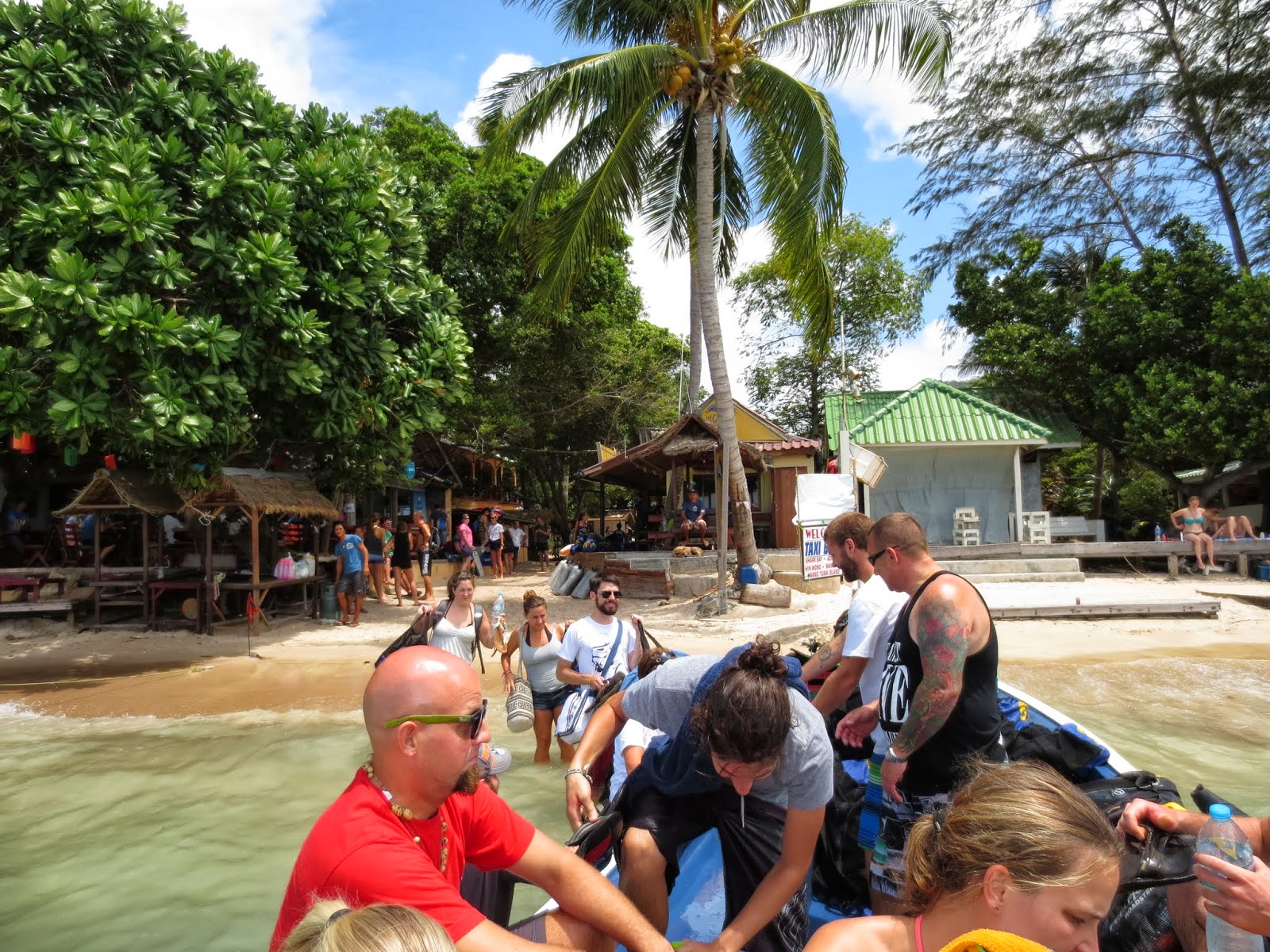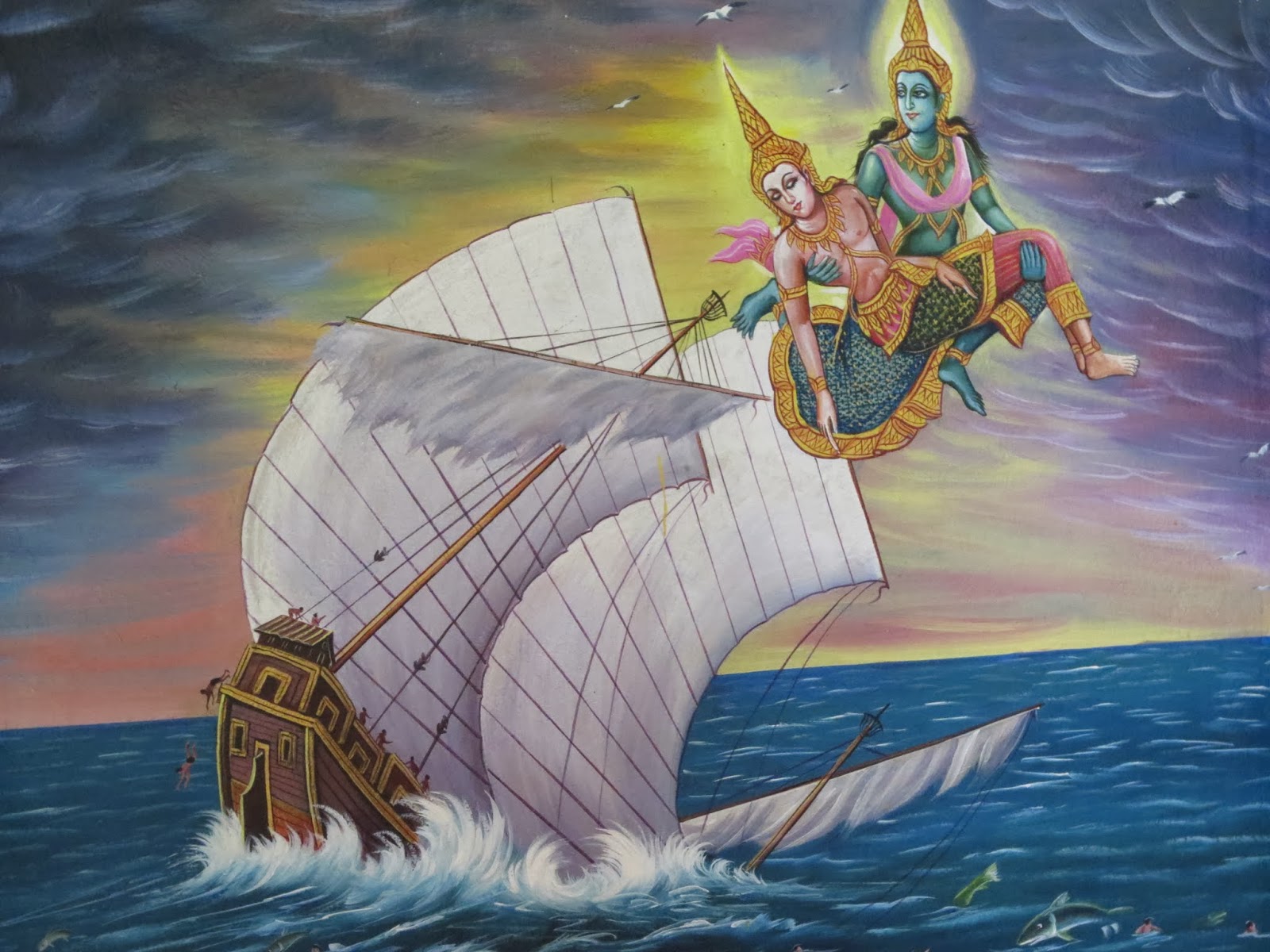First of all, one doesn't need much, and it is very easy to overpack. Please resist the temptation to be prepared for all possible circumstances. It doesn't make sense to carry an item for months just to use it once or twice. There is usually a workaround that one can figure out on the spot. Also, as long as a person is not for weeks in the bushes, there will always be a store somewhere nearby to purchase an item if really needed. In particular, south east Asia is very backpacker friendly, and it is easy to get one's hands on backpacker equipment.
The convenience and freedom of having a small portable backpack is definitely worth giving up the all-around carefree package. It is just great to take all your stuff on a flight as carry-on luggage, and to fit the backpack under the seat of a bus or train. This removes a lot of hassle during the trip, and other independent travelers with big, heavy backpacks will envy you for that.
My goal to travel light led to a smaller backpack of 38 liters to constrain myself and not taking too much unnecessary stuff with me. Good decision, but I actually could have gone even lighter. Some items were only used a few times, which doesn't justify to carry them around for the entire trip. I feel pity for the people who carry 80+ liters backpacks on their back plus a loaded daypack in the front. If someone stays in warm south east Asia, this is completely overkill in my opinion.
You have seen me on the photos wearing most of the time the same clothes. This is the "downside" of traveling light; there is not much room for being vain. With only four shirts, it is always easy to make a decision about what to wear. ;) The key is to just have a few items, but those should be of high quality.
For example, I decided on Merino wool as the fabric for my shirts. Merino is a breed of sheep prized for its wool, which has amazing properties such as regulating the body temperature, retaining warmth when wet, containing antibacterial wool grease, and it is one of the softest types of wool available. On top of that, due to its capacity to absorb a significant amount of moisture, Merino wool reduces the opportunity for odors to develop. I can wear my shirts for days while sweating a lot without becoming a stink bomb.
Here's a short list of the essentials:
- Backpacks from Osprey are pretty awesome and highly recommended.
- Merino wool clothing. I've got my shirts and sweater from the company Ibex.
- Pants with zipper side pocket for money and important documents such as passport and credit card. My choice was one short and one long pant from Patagonia.
- Shoes is a tough decision, but I was really happy with my Merrell Barefoot footwear plus the obligatory flip flops (used more than 50% of the time).
- To keep things in my backpack organized, I use packing cubes from Eagle Creek.
- A travel sheet is a must if one plans on staying in cheaper accommodations. The Cocoon CoolMax Travel Sheet is very comfy and keeps bedbugs away.
- Few pair of socks and underwear. Not too many, one can always wash. Choose a good fabric, so that it can be worn multiple days (and no white colors).
- Small travel towel. Many places provide towels, so don't worry too much about it.
- Medical and wash kit. Keep it down to the essentials. Things can be bought along the way.
- Electronics! Laptop, tablet and smartphone are a must for me. I'd rather forgo something else to keep these items. For instance, my offline map app saved me a couple of times. Wifi coverage in Asia is excellent. There is always a place nearby that connects one to the internet.
- Don't forget the camera. I only have a simple point-and-shoot that takes actually pretty good photos. However, I could imagine to bring a better camera on the next trip.
- A headlamp.
There are a few things that are nice-to-haves, but not really needed. I barely use my water bottle; instead I buy bottled water at one of the countless shops along the way. My rain jacket is a really nice one, but I used it maybe twice. Not worth the space. If it rains, buy a cheap rain coat from the shop for less than a dollar. Also, I love my Mountain Hardwear vest, but unfortunately I don't need it. Bring one sweater, that's enough. I brought many little items such as spare batteries, detergent, travel pillow etc. Not needed, leave all this stuff at home. However, don't forget ear plugs, and I also have an eye-mask (prefer to sleep in the dark).



















































































